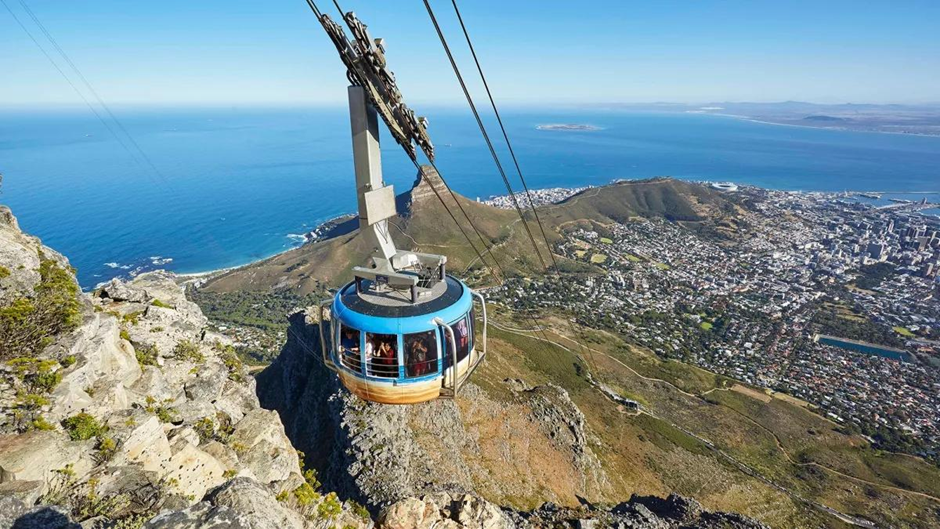Introduction

The global space tourism industry is gaining momentum, with commercial ventures promising suborbital and orbital experiences for paying customers. While this sector has been largely dominated by companies in North America, Europe, and parts of Asia, interest in expanding launch infrastructure and tourism-friendly spaceports is growing worldwide. For East Africa—especially its scenic coastal zones—there’s a budding opportunity to integrate space tourism into national development agendas. Exploring this potential requires evaluating geographic advantages, economic feasibility, and policy readiness.
Geographical Advantages of East African Coastal Regions
East Africa’s equatorial location provides an optimal environment for rocket launches due to the Earth’s rotational velocity, which offers a natural slingshot effect to reduce fuel consumption. Coastal areas in Kenya, Tanzania, and Somalia, for example, present favorable locations for potential spaceports because they allow for safe eastward launches over open oceans.
Beyond technical benefits, these coastal regions are already recognized for their tourism appeal. Integrating space-related experiences—like viewing launches, visiting aerospace exhibits, or even engaging in suborbital travel—could create a new niche in the regional tourism industry. The idea is not merely about launching spacecraft, but about building space-themed tourism ecosystems that blend technology, hospitality, and adventure.
Economic Opportunities and Infrastructure Requirements
Space tourism could bring significant economic gains through job creation, foreign investment, and increased tourism revenue. Establishing a launch facility, even one primarily for tourism and research, would require supporting infrastructure such as high-tech hotels, transport hubs, training centers, and security systems. This development could spur local economies and improve connectivity across coastal regions.
However, the initial capital and expertise needed are substantial. Private-sector involvement would be essential, as would partnerships with global aerospace firms or development banks. Governments would need to create an investor-friendly environment by ensuring regulatory clarity, land availability, and long-term incentives.
Policy, Regulation, and Safety Considerations
The implementation of space tourism in East Africa hinges on robust legal and regulatory frameworks. At present, most East African countries lack comprehensive space laws that address commercial spaceflight, passenger safety, insurance liabilities, and airspace integration. This regulatory vacuum presents a risk to potential operators and tourists alike.
To attract investment and ensure public safety, governments would need to develop legislation aligned with international norms such as the Outer Space Treaty and the Cape Town Convention. Clear policies on environmental standards, launch safety protocols, and licensing procedures would help build investor confidence and protect national interests.
Moreover, international collaboration will be crucial in building institutional capacity to regulate this highly technical industry. East Africa can benefit from advisory agreements with established space-faring nations to ensure it meets safety and compliance benchmarks.
Public Perception and Community Engagement
Public support is essential for the long-term success of space tourism initiatives. Community engagement must begin early to address concerns about land use, environmental impact, and equitable distribution of benefits. Coastal communities should be involved in discussions about job training, tourism services, and ownership opportunities.
Additionally, integrating space tourism with cultural and educational initiatives could broaden its appeal beyond wealthy foreign tourists. Space-themed museums, science centers, and outreach programs can help demystify aerospace technologies and inspire young people to pursue careers in science and engineering.
A Vision for Inclusive and Sustainable Growth
To ensure space tourism contributes meaningfully to national development, East African countries must adopt a long-term, inclusive vision. This involves planning not just for spaceports but for entire ecosystems that connect aviation, tourism, science, and education. Policies should prioritize environmental sustainability to preserve coastal ecosystems while enabling innovation.
If implemented responsibly, space tourism could become a symbol of technological progress, economic resilience, and regional pride for East Africa.
Conclusion
Though still in its infancy, space tourism presents a compelling frontier for East Africa’s coastal nations. Their equatorial location, scenic landscapes, and growing interest in aerospace make them promising candidates for future launch and tourism sites. Realizing this potential will require strategic investment, comprehensive regulation, and strong community involvement. By laying the groundwork today, East Africa can position itself as a pioneering player in the next era of global travel—one that reaches beyond the skies.


